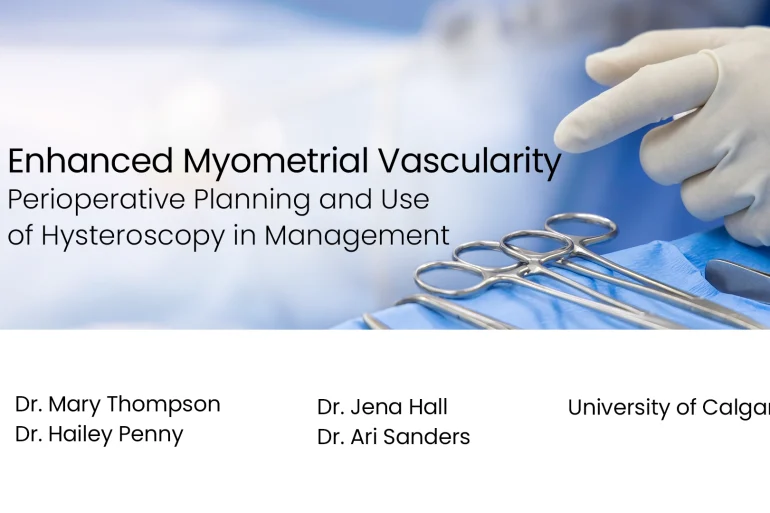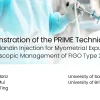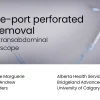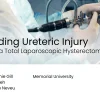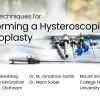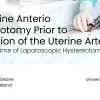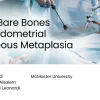Table of Contents Procedure Summary Authors Youtube Video What is Enhanced Myometrial...
Hysteroscopy Explained
A hysteroscopy is a procedure that lets doctors look inside the uterus using a thin, lighted tube called a hysteroscope. It can help diagnose or treat problems such as abnormal bleeding, fibroids, polyps, or adhesions.
Our hysteroscopy video library shows you how the procedure works, when it’s recommended, and what recovery involves.
These videos are of actual procedures performed by Canadian doctors.
More Hysteroscopy Resources
Hysteroscopy FAQs
Why would someone need a hysteroscopy procedure?
Doctors may recommend hysteroscopy to investigate abnormal bleeding, diagnose infertility causes, remove polyps or fibroids, check for adhesions (scar tissue), or confirm results after imaging tests.
What are the different types of hysteroscopy, and how are they performed?
There are two main types of hysteroscopy:
Diagnostic hysteroscopy is used to examine the inside of the uterus.
Operative hysteroscopy allows doctors to treat issues at the same time, such as removing fibroids or polyps.
Both are performed with a hysteroscope inserted through the vagina and cervix, avoiding abdominal incisions.
Will I need anesthesia for a hysteroscopy?
It depends on the procedure. Diagnostic hysteroscopy is often done in-office with little or no anesthesia. Operative hysteroscopy may require local, regional, or general anesthesia, depending on the complexity.
How long does recovery take, and what should I expect afterward?
Recovery is usually quick. Many people return to normal activities the same day or within 1–2 days. You may experience mild cramping or spotting for a short period. Your doctor will give specific guidance for your situation.
What are the risks and potential complications of hysteroscopy?
Complications are uncommon but can include infection, bleeding, uterine perforation, or reaction to anesthesia. Your doctor will review the risks, along with any steps that can be taken to minimize them, before the procedure.
Will a hysteroscopy affect my ability to get pregnant?
No. Diagnostic hysteroscopy does not affect fertility, and operative hysteroscopy may actually improve fertility if it removes polyps, fibroids, or scar tissue that interfere with conception.
How should I prepare for a hysteroscopy?
Follow your doctor’s instructions closely. This may include scheduling the procedure at a specific time in your menstrual cycle, fasting if anesthesia is required, and arranging for someone to drive you home afterward.
Is hysteroscopy painful?
A hysteroscopy is typically not very painful, although it is likely to cause some discomfort during or after the procedure. Most people feel only mild cramping, similar to period pain, during or after a diagnostic hysteroscopy. If anesthesia is used for an operative hysteroscopy, you won’t feel pain during the procedure, but you may have some cramping afterward.
How long does the procedure take?
A diagnostic hysteroscopy usually takes 10–20 minutes, while an operative hysteroscopy can take 30 minutes to over an hour depending on the complexity.



